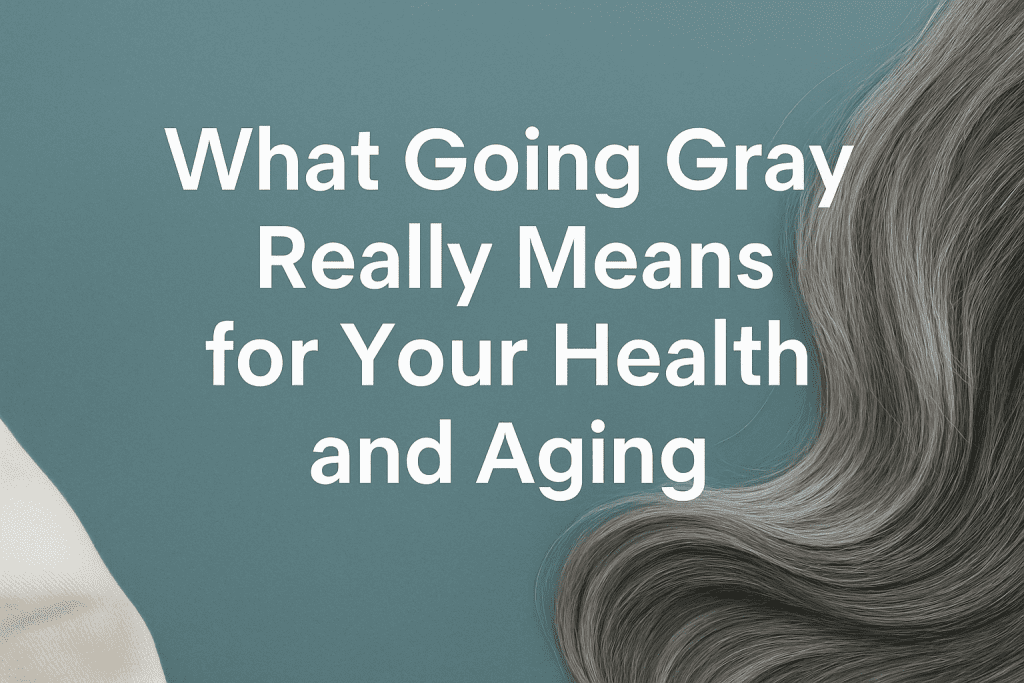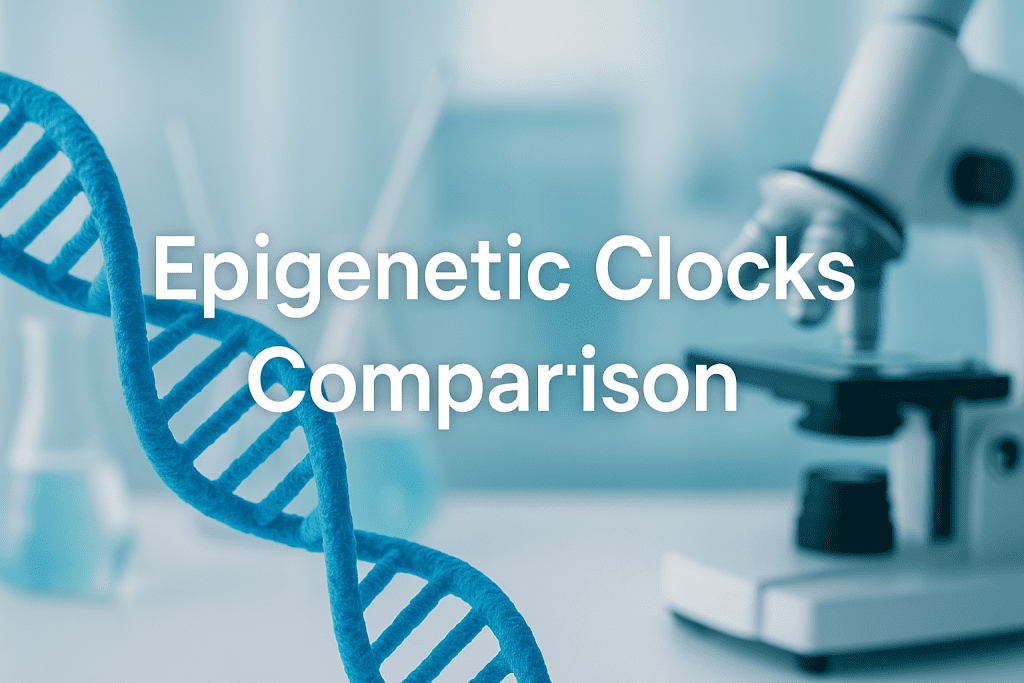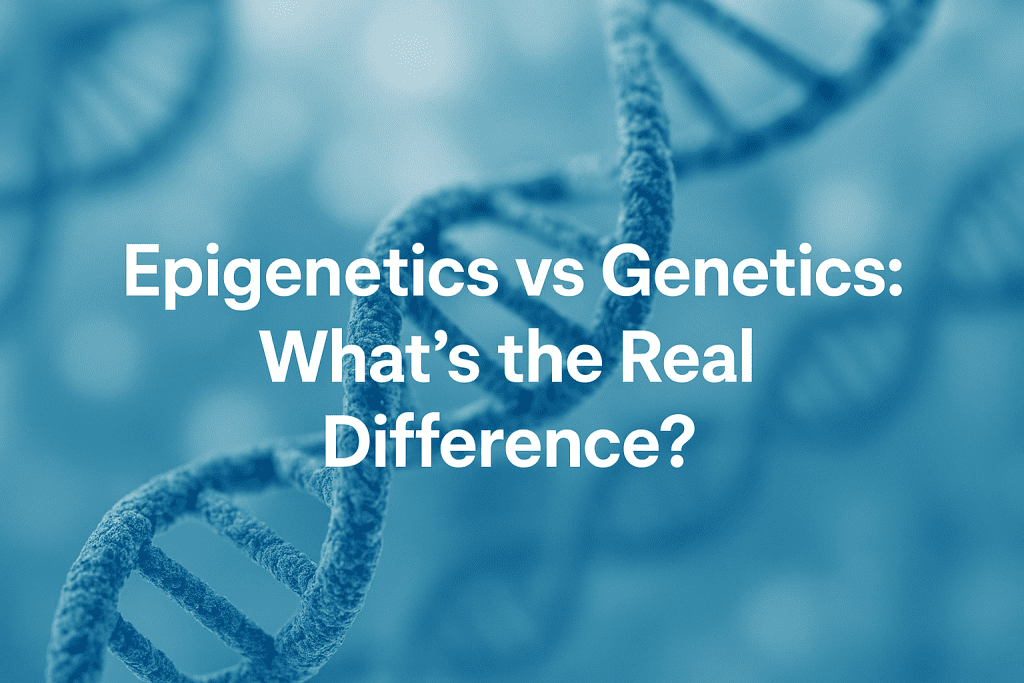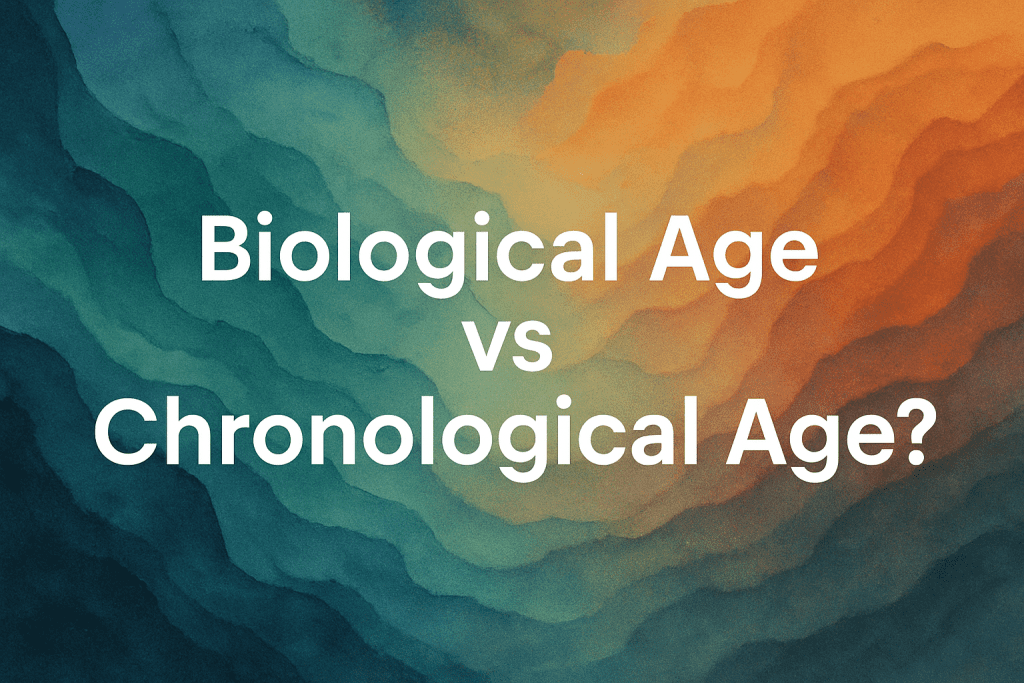
Gray hair is often seen as a normal part of getting older, but going gray and aging don’t always follow the same timeline. Whether your first silver strands show up at 30 or you’ve gone fully gray by 50, what’s happening in your hair can tell you a lot about what’s happening inside your body too. 🧠
Why Hair Turns Gray (It’s Not Just About Age)
Your hair gets its color from a pigment called melanin, produced by cells called melanocytes in your hair follicles. Over time, these cells produce less melanin. Less pigment means gray, silver, or white strands.
That’s the surface-level explanation. But deeper down, several key factors affect how quickly melanocytes stop working:
- Oxidative stress from toxins, pollution, or inflammation
- Mitochondrial damage in hair follicle stem cells
- Nutrient deficiencies, especially vitamin B12, copper, and iron
- Genetic programming (some people just gray early)
- Hormonal changes, including thyroid function and estrogen/testosterone levels
- Chronic stress, which can rapidly accelerate graying
💡 So while aging plays a role, it’s far from the only reason people go gray.
Is Gray Hair a Sign of Poor Health?
Not always, but it can be.
Premature graying (before age 30 in Caucasians, 40 in Asians, 50 in Africans) is sometimes linked to underlying health issues. Research has explored associations between early graying and:
- Oxidative damage to DNA
- Low antioxidant levels (like glutathione or catalase)
- Increased risk of cardiovascular disease in some populations
- Low levels of folate or vitamin B12
- Smoking and chronic inflammation
That doesn’t mean gray hair causes these problems. But it might reflect your internal biological environment, including how well your body handles stress and cellular repair.
What Gray Hair Doesn’t Tell You
Here’s something important: gray hair is not a reliable measure of biological age.
Biological age refers to how well your body is functioning at the cellular and system level, compared to your chronological age. This is measured using:
- DNA methylation tests
- Glycan profiling
- Pace of aging algorithms like DunedinPACE
- Telomere length
None of these tests use hair color as a biomarker. So, having gray hair doesn’t automatically mean you’re aging faster. And having no gray hair doesn’t mean your cells are young.
Want real answers? Use a science-backed biological age test like TruAge, GlycanAge, or NOVOS to see how your body is aging inside 🧬
Can Gray Hair Be Reversed?
Here’s where things get interesting.
Recent studies suggest that some graying is reversible, especially if it’s stress-related. One 2021 study from Columbia University showed that people who experienced a major drop in psychological stress saw some of their gray hairs regain color.
But the window for reversal seems small. Once melanocytes fully die off, the hair is permanently gray. Reversal is possible only when melanocytes are still alive but inactive.
That means lifestyle matters. Here’s what can help slow or even slightly reverse graying:
- Stress management (like meditation, breathwork, therapy)
- Antioxidants (vitamin C, E, glutathione)
- B vitamins, especially B12 and folate
- Copper and iron from whole foods
- Adaptogens like ashwagandha and rhodiola
- Better sleep and reduced inflammation
👀 And don’t forget: protecting your mitochondria also protects your hair color.
Collagen and Hair Health: Is There a Link?
While collagen isn’t directly involved in melanin production, it plays a big role in hair structure and scalp health.
Your hair follicles sit inside the dermal layer, which is rich in collagen. As collagen declines with age, the scalp becomes thinner and weaker. That can lead to:
- Slower hair growth
- More fragile strands
- Loss of shine or bounce
- Reduced blood flow to follicles
Supplementing with hydrolyzed collagen peptides may support healthier hair by improving scalp elasticity, circulation, and nutrient delivery to follicles.
In fact, a clinical trial showed that women who took collagen peptides for 12 weeks had better skin hydration, elasticity, and indirectly, healthier hair too.
👉 Try this collagen drink that supports skin and hair, it’s backed by studies and tastes good too 🥤
Supporting Hair Pigment with Nutrition
Biohacking is your key to support your natural hair color for as long as possible, focus on these nutrients:
- Vitamin B12: A deficiency here is strongly linked to premature graying
- Folate and biotin: Help maintain healthy cell division in hair roots
- Copper: Crucial for melanin production
- Zinc: Antioxidant and anti-inflammatory
- Catalase: Breaks down hydrogen peroxide buildup in follicles
- Tyrosine: An amino acid needed to produce melanin
Foods like eggs, spinach, pumpkin seeds, lentils, liver, and dark chocolate offer great sources of these compounds 🍳🌱🍫
Does Dyeing Your Hair Damage Your Health?
Conventional hair dyes contain chemicals like PPD, ammonia, and peroxide that can damage both hair and scalp over time.
There’s limited evidence of systemic harm, but frequent use may lead to:
- Dry, brittle strands
- Increased shedding
- Scalp irritation or inflammation
- Weakening of the follicle structure
If you’re concerned, consider plant-based or semi-permanent dyes, or embrace your natural grays. More people today are seeing silver as a sign of confidence, not decline.
✨ Remember: healthy hair color starts from the inside. And a well-supported aging system shows up in your glow,not just your roots.
What’s the Best Way to Track How You’re Aging?
If you want to see whether your lifestyle is helping you age better, a biological age test is the way to go. These tests look at your:
- Epigenetic expression (DNA methylation)
- Pace of aging over time
- Inflammation levels
- Immune system patterns
- Organ-level aging
Whether you’re curious about reversing gray hair, building better skin, or just staying sharp, these tests offer hard data to guide your habits.
🧪 Many can be done at home with just a saliva or finger-prick blood sample. Results come with personalized recommendations, and some even track telomeres and organ health.
The Experts Opinion
Going gray isn’t something to fear. But it can be a wake-up call, a reminder to check in on what’s happening inside your body.
Gray hair is natural. What’s not inevitable is how fast the rest of your body ages. You can slow it down with:
- Better sleep 💤
- Lower stress 🧘
- Smarter supplements 💊
- Clean, colorful food 🥦
- Regular movement 🏃♂️
- And science-backed testing 🧬
So if your strands are shifting silver, take it as a sign to level up your internal care — not just reach for the dye box.



